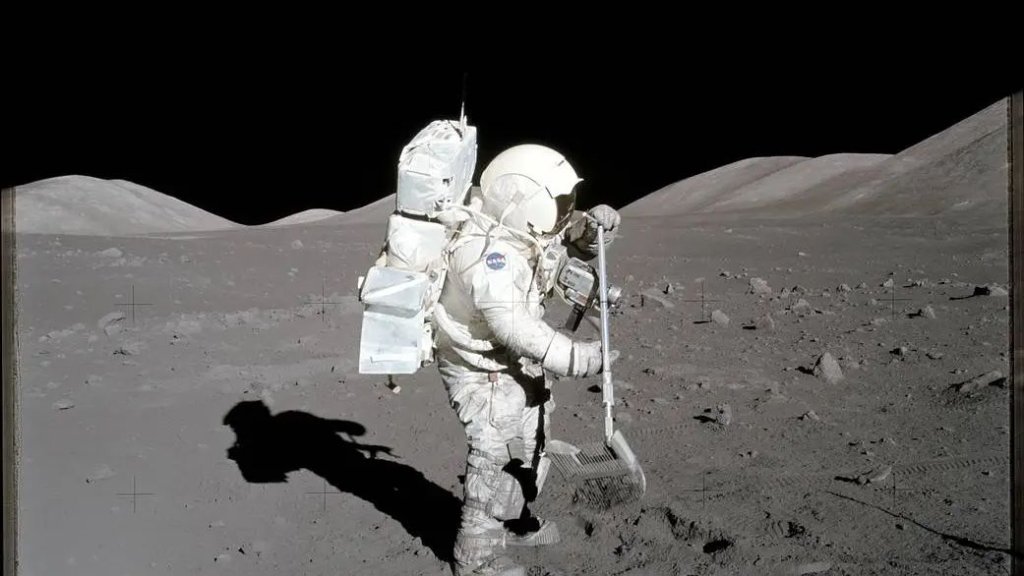
The moon may be 40 million years older than we thought, Apollo 17 samples suggest (Image Credit: Space.com)
Fresh analysis of the bits of our moon, brought home by Apollo 17 astronauts, has suggested our moon is 4.46 billion years old — 40 million years older than we previously thought.
That puts the moon’s birth at 108 million years after the solar system formed; previous estimates had placed it within 60 million years. The scientists behind the analysis say a more precise age helps us better understand the history and evolution of the moon, as well as Earth.
“Without the moon, life on Earth would look different,” study co-author Philipp Heck, a professor at the University of Chicago, said in a statement. “It’s a part of our natural system that we want to better understand, and our study provides a tiny puzzle piece in that whole picture.”
A prevailing theory, known as the giant-impact hypothesis, posits the moon formed from the ejecta of a collision between a Mars-sized object and a young Earth. That blasted-out material, bounded by gravity, is believed to have created the moon we see today. Exactly when this collision occurred and how long the moon took to form, however, has remained an open question thus far.
Related: Moon rock collected by Apollo 17 astronauts reveals new details about lunar evolution
To arrive at their conclusions, scientists studied speckles of a mineral called “zircon,” present in moon samples brought to Earth in 1972 by the final Apollo mission. Originally formed when the moon’s impact-driven molten surface solidified after the collision that led to its birth, scientists believe zircon crystals are the first solids to have crystallized after the moon’s formation. Therefore, they could exhibit tell-tale signs of the moon’s age.
“Because we know how old these crystals are, they serve as an anchor for the lunar chronology,” said Heck.

To nail down the age of the sample, researchers identified and mapped individual atoms in a piece of lunar sample. First, they “sharpened it” using a focused beam of electrons, “almost like a very fancy pencil sharpener,” study lead author Jennika Greer, a research associate at the University of Glasgow in the U.K., said in the same statement.
Her team then used a laser to evaporate atoms from the tip of the sharpened sample and measured those atoms’ speeds. “How fast they move tells us how heavy they are, which in turn tells us what they’re made of,” Greer added.
The scientists measured the amount of uranium and lead atoms in the sample, which, with prior knowledge of how fast atoms decay, helped determine the sample’s 4.46 billion-year age, according to the new study.
“It’s amazing being able to have proof that the rock you’re holding is the oldest bit of the moon we’ve found so far,” said Greer. “It’s an anchor point for so many questions about the Earth. When you know how old something is, you can better understand what has happened to it in its history.”
The research is described in a paper published Thursday (Oct. 20) in the journal Geochemical Perspectives Letters.





